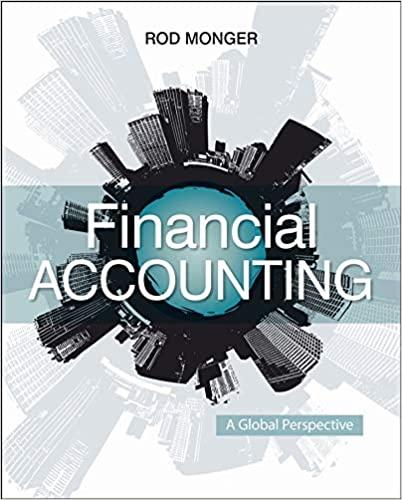

Most major banks offer a credit card service for students. For most student credit cards, you don't need to have a credit history - but it is important not to have a bad credit history. What if you do have a bad credit history? There are two choices: a prepaid or secured credit card. Prepaid cards allow you to spend up to the card balance, but they do not help build credit. Secured cards do help to build credit but are subject to interest fees. In 2019, Canadian credit card interest rates varied widely, with some as low as 12.9 percent and others as high as 29.99 percent. Most student cards fell in the middle, at 19.95 to 19.99 percent. Credit limits for student cards can vary (starting at $500), depending on the type of card. Many have rewards programs that allow the cardholder to earn benefits. Examples include accumulating points toward free travel, insurance coverage, or warranties on products purchased using the card. Annual fees depend on the features of the card. For students with established credit, some no-annual fee cards offer cash back, while others do not. Other cards charge fees between $30 per year and $120 per year. The approval process for getting a card is relatively simple for most university and college students, and they can start building a credit history and enjoy the convenience of having a credit card while still in school. The printed information rarely uses the term nominal or effective, or defines the compounding period. However, it is common in the credit card business for the annual interest rate to be divided into daily rates for billing purposes. Hence, the quoted annual rate of 19.7 percent is a nominal rate and the compounding period is daily. The actual effective interest rate is then 0.197365 + - 1 = 0.2177, or 21.77 percent. 365 Interest information must be disclosed by law, but lenders and borrowers have some leeway on how and where they disclose it. Moreover, there is a natural desire to make the interest rate look lower than it really is for borrowers and higher than it really is for lenders. In the example of student credit cards, the effective interest rate is 21.77 percent, roughly 2 percent higher than the stated interest rate. The actual effective interest rate could even end up being higher with fees (such as late fees, over-the-limit fees, and transaction fees). For each interest rate quoted, determine if it is a nominal or effective rate. If it is nominal, determine the compounding period and calculate the effective annual interest rate. a. The interest rate for a loan from a local bank is 6 percent compounded monthly. b. The interest rate for a savings account from a local bank is 2 percent APY. APY is the annual percentage yield. a. Select the correct choice below and, if necessary, fill in the answer box to complete your choice. A. This is a nominal rate with continuous compounding. The effective interest rate is percent (Type an integer or decimal rounded to two decimal places as needed.) B. This is a nominal rate with monthly compounding. The effective interest rate is percent (Type an integer or decimal rounded to two decimal places as needed.) C. This is a nominal rate with quarterly compounding. The effective interest rate is percent (Type an integer or decimal rounded to two decimal places as needed.) D. This is a nominal rate with semiannual compounding. The effective interest rate is percent (Type an integer or decimal rounded to two decimal places as needed.) E. This is a nominal rate with daily compounding. The effective interest rate is percent (Type an integer or decimal rounded to two decimal places as needed.) F. This is a nominal rate with weekly compounding. The effective interest rate is percent (Type an integer or decimal rounded to two decimal places as needed.) OG This is an effective interest rate








